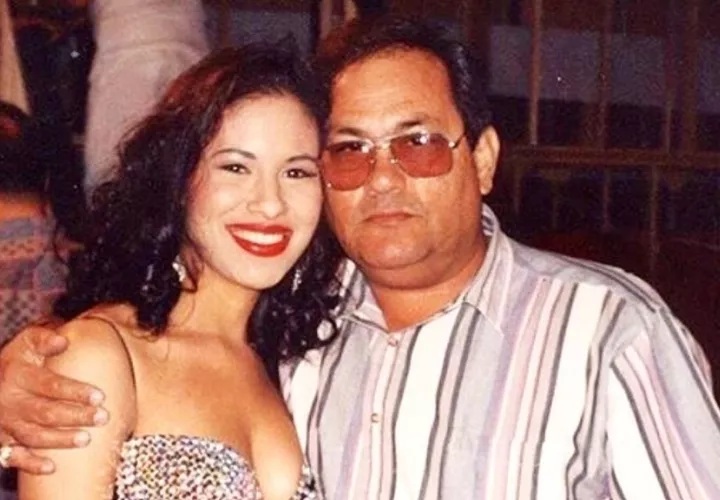MEDIA WATCH: Texting boosts Panama road deaths

THE ROAD traffic death toll in Panama has already overtaken that of 2015, with nearly three weeks to go and the seemingly inevitable spike in accidents over the Christmas holiday season.
A major contributor to the 409 deaths recorded to date, according to police sources is driver distraction caused by texting, which according to analysts is six times more dangerous than driving drunk.
The Washington Post reports that an engineer has invented a device that he believes could eliminate distracted driving. He also says at least one mobile phone provider appears close to rolling out the gadget to its users and that another provider has shown an interest in the technology.
But, then again, Scott Tibbitts and his colleagues at a company called Katasi have been trying to persuade cellphone providers, automakers and the federal government to deploy his gadget for half a decade now.
“How do you get to the [top executives] to say: ‘This is insane. You’ve got a solution right under your hood. You could be heroes. Let’s just do this thing and save a bunch of lives.’” Tibbitts asked. “[B]ut at the end of the day, everything seems to slow down, right at the point they say let’s do this.”
[Before you hit send on that text, you might want to make sure the person you’re sending it to isn’t driving.]
Tibbitts, who also developed motors used on NASA space missions, came up with a temporary blocking device that can be plugged into a port on a vehicle’s steering wheel about as easily as a thumb drive. The technology – called Groove – is designed to halt incoming texts and other potential wireless distractions as soon as the vehicle moves at 5 mph or faster. Only data for GPS navigational systems and music are allowed to reach the driver’s smartphone. The device blocks other data by alerting the driver’s mobile phone service provider that the vehicle is in motion. Once the vehicle comes to a stop, the device ceases blocking. It can also distinguish the phone of the person who’s driving, so that passengers’ phones aren’t affected.
Horse race
Sprint, which has been using the technology on a pilot basis, could make it available as early as next year, Tibbitts said. After a clever social media campaign by Tibbitts and supporters last month, T-Mobile is also exploring the technology, Tibbitts said.
“It’s a horse race, with two thoroughbreds, to see which one will go over the line,” Tibbitts said.
d T-Mobile have not yet responded to requests for comment on the device.
Tibbitts is, of course, peddling a product. But if Groove does what Tibbitts says it does, it’s a wonder the technology doesn’t come with every new car.
It’s not that Tibbitts’s device has been languishing in obscurity, either. The New York Times wrote about the technology a couple of years ago. Yahoo! News global anchor Katie Couric took a spin with Tibbitts to see whether his device would block texts from reaching her while she was driving. (It did.) Couric also admitted to sneaking off a text while driving on occasion — and who hasn’t?
That’s why, as Tibbitts argues, only technology is going to fix the problem of being distracted by technology.
For him, the terrible consequences of distracted driving hit close to home. One day in 2008, he arrived at a Denver firm for his first business meeting with another engineer to talk about working together.
He learned instead that the man had been killed in a crash that day by a teenage driver who was texting and ran a red light.
A year later, Tibbitts and others formed Katasi, the Boulder, Colo.-based company that developed Groove.
Tibbitts, who is chief executive, said it had already become clear that distracted driving could not be stopped through public service campaigns or legislative fiat. “Legislation would fail because of the nature of human beings,” he said. “[E]veryone thinks, ‘One [text] won’t kill anybody. . . How are they ever doing to see me sneaking this text message? And if they do, all I’ll say is I was looking at my navigation.’”
In other words, not much has worked so far to reduce texting and driving.
If anything, it seems as if every other driver these days is steering with one hand while texting or talking with the other.
[Tibbitts said members of Congress have expressed enthusiasm about the technology but told him it would be better to persuade mobile phone providers to adopt it rather than embark on a legislative fix.
The National Highway Traffic Safety Administration (NHTSA) gave him a thumbs-up but offered similar advice. Automobile executives seemed more interested in packing new vehicles with more technology to pump data at drivers in ways that would be less distracting, Tibbitts said. And some mobile phone providers expressed interest in blocking texts with his device, but none wanted to be the first, he said.





